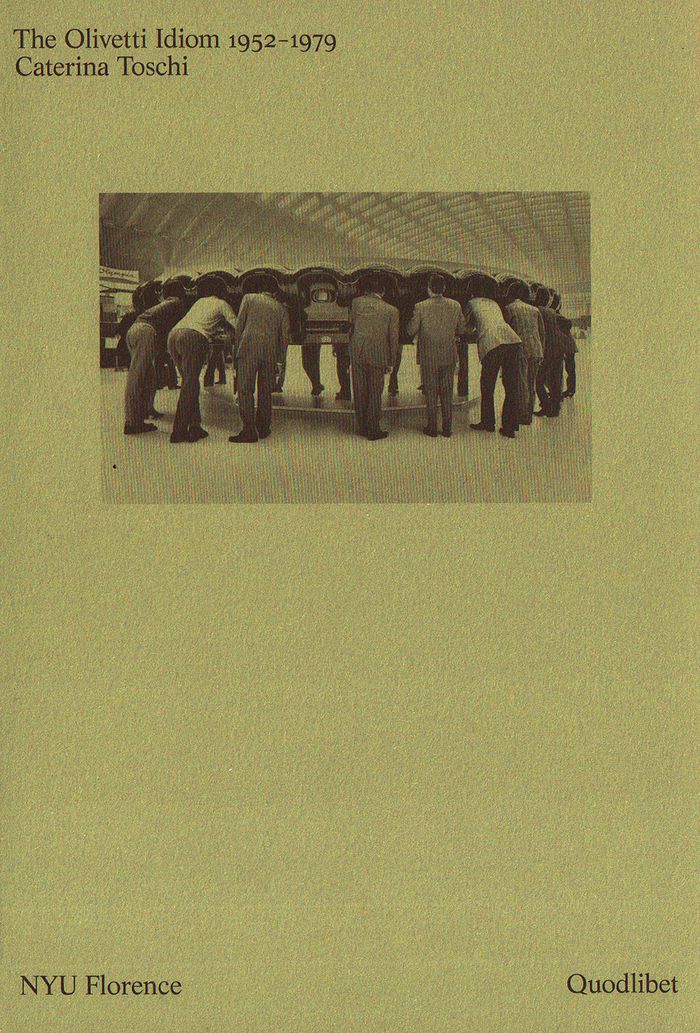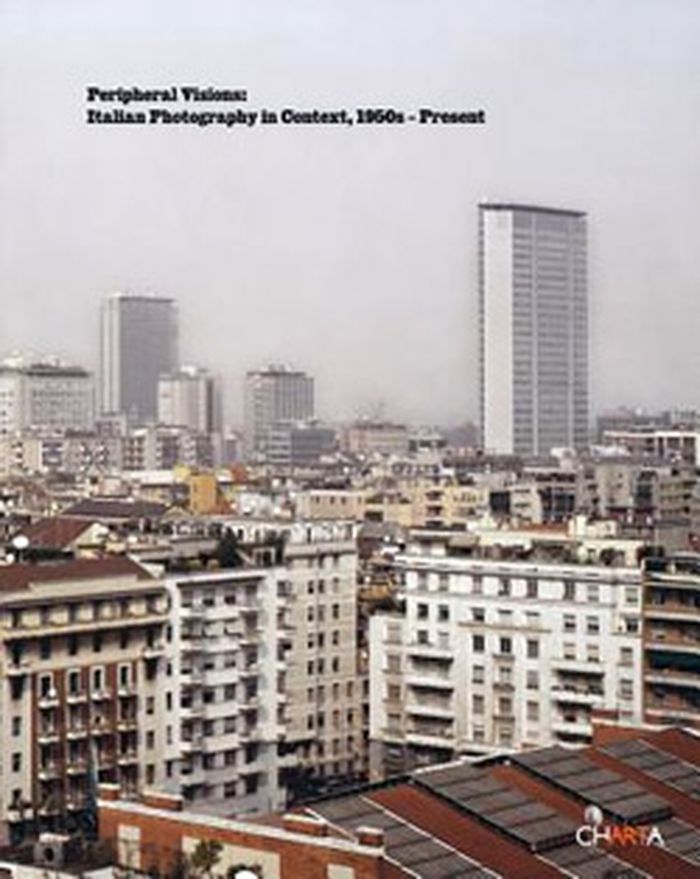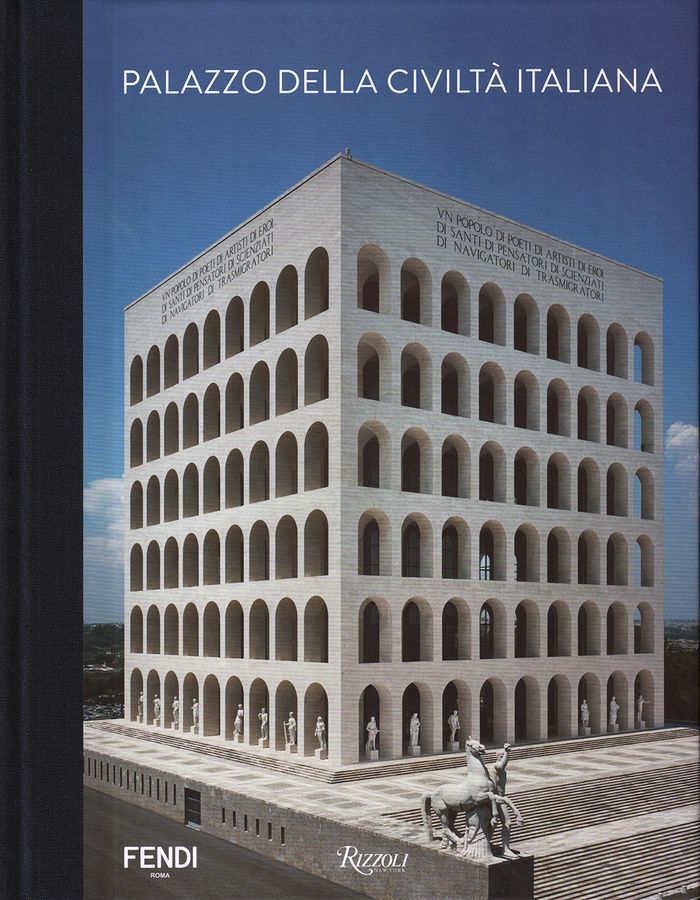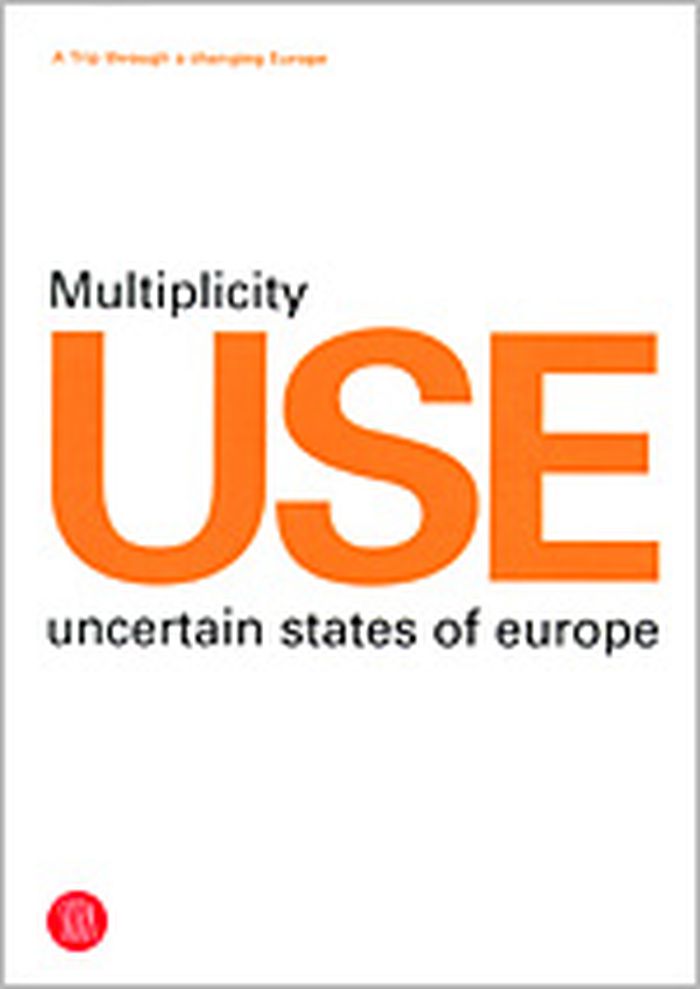The Olivetti idiom 1952-1979
$52.00
(available to order)
Summary:
The volume aims to reconstruct, through photographs and documents, the development of the Olivetti corporate identity from 1952 to 1979, as it was conveyed through various types of spaces for the exposition and description of its products: exhibitions, stores and its school. The display methods and the written, oral and visual forms of ‘storytelling’ that brought the(...)
The Olivetti idiom 1952-1979
Actions:
Price:
$52.00
(available to order)
Summary:
The volume aims to reconstruct, through photographs and documents, the development of the Olivetti corporate identity from 1952 to 1979, as it was conveyed through various types of spaces for the exposition and description of its products: exhibitions, stores and its school. The display methods and the written, oral and visual forms of ‘storytelling’ that brought the instantly-recognizable Olivetti idiom international success come together here for the first time, from the little-known exposition Olivetti: Design in Industry, held from October to November 1952 at the Museum of Modern Art in New York, to the CISV, Centro Istruzione e Specializzazione Vendite (Center for Teaching Specializations of Olivetti Sales) (1954–1979), the first Italian school of marketing with a technical/humanistic focus, portrayed here through archival documentation and photographs by Paolo Monti and Gabriele Basilico.
Industrial Design
$34.95
(available to order)
Summary:
This book presents works by a number of major Italian photographers who have explored aspects of their native land that are rarely depicted elsewhere. The photographs range from social documentary works of the 1950s to the conceptual photography of the 1970s, more personal explorations and travelogues of the 1980s and contemporary photographic remappings of Italian(...)
Peripheral visions : italian photography in context, 1950's - present
Actions:
Price:
$34.95
(available to order)
Summary:
This book presents works by a number of major Italian photographers who have explored aspects of their native land that are rarely depicted elsewhere. The photographs range from social documentary works of the 1950s to the conceptual photography of the 1970s, more personal explorations and travelogues of the 1980s and contemporary photographic remappings of Italian cities. This thematic interpretation conveys the incredibly vital and diverse range of expressions that have unfolded in Italian photography over the past five decades. Published for a 2012 exhibition at Hunter College, The City University of New York, Peripheral Visions includes works by Marina Ballo Charmet, Olivo Barbieri, Gabriele Basilico, Gianni Berengo Gardin, Mario Carrieri, Vincenzo Castella, Cesare Colombo, Mario Cresci, Paola Di Bello, Luigi Ghirri, Guido Guidi, Alessandro Imbriaco, Francesco Jodice, Mimmo Jodice, Armin Linke, Maurizio Montagna, Paolo Monti, Ugo Mulas, Walter Niedermayr, Franco Vaccari and Massimo Vitali.
Photography Periods and Styles
$100.00
(available to order)
Summary:
In 2015, the storied fashion house Fendi moved its headquarters into the Palazzo della Civiltà Italiana in Rome, a stark white cube perforated by symmetrical arches. Originally commissioned as part of an exhibition on Roman civilization for the 1942 world’s fair, the architects took their cues from ancient history to create a building that was quintessentially Roman yet(...)
Fendi: Palazzo della Civiltà Italiana in Rome
Actions:
Price:
$100.00
(available to order)
Summary:
In 2015, the storied fashion house Fendi moved its headquarters into the Palazzo della Civiltà Italiana in Rome, a stark white cube perforated by symmetrical arches. Originally commissioned as part of an exhibition on Roman civilization for the 1942 world’s fair, the architects took their cues from ancient history to create a building that was quintessentially Roman yet decidedly modern, earning its nickname “the Square Colosseum.” Because of its striking appearance and iconic status, the palazzo subsequently made appearances in a number of films by directors such as Roberto Rossellini, Federico Fellini, and Peter Greenaway. The building remained relatively abandoned throughout much of its existence, until its recent inhabitance by the always forward-thinking house of Fendi, an experience which Karl Lagerfeld has likened to being “on a spaceship transported into the future.” Featuring photographs by famous artists such as Gabriele Basilico, Franco Fontana, and Lagerfeld, this gorgeously illustrated volume takes the reader on a fascinating tour through art, architecture, culture, and history.
Architecture since 1900, Europe
$67.95
(available in store)
Summary:
The uncertain state of Europe is the primary concern of Multiplicity : a multidisciplinary group of Europeans architects, photographers, urban developers and artists who met to explore and develop a series of studies focusing on contemporary European cities and their ongoing changes. The group uses on-site investigations, documented with beautiful photographs by(...)
USE- Uncertain states of Europe : a trip through a changing Europe
Actions:
Price:
$67.95
(available in store)
Summary:
The uncertain state of Europe is the primary concern of Multiplicity : a multidisciplinary group of Europeans architects, photographers, urban developers and artists who met to explore and develop a series of studies focusing on contemporary European cities and their ongoing changes. The group uses on-site investigations, documented with beautiful photographs by Francesco Jodice and Gabriele Basilico, to illustrate the radical and dramatic changes occurring on European land and in its cities. Traditional spaces are slowly, yet forcefully, transforming due to the constant economic, political, and social upheavals and alterations. With an introduction by prominent political and intellectual figures such as Etienne Balibar, Rem Koolhas and Jeremy Rifkin, this volume analyses 24 cases of urban transformation. The cases cover geographical locations from Paris to Pristina, Helsinki to Bucharest, and show the extraordinary riches a modern city can offer while, at the same time, highlighting the abnormal spaces created by the existence of a so-called secondary world. The final section is dedicated to a series of ideas which view Europe as a single entity : a network of relations, trade, encounters, migration, transportation, construction, and offers an absolutely novel view of the ‘old’ world. Richly illustrated, this tome includes passages by architectural critics such as Stefano Boeri, Yorgos Semiforidis, Eduard Bru, Bart Lootsma.
Urban Theory



